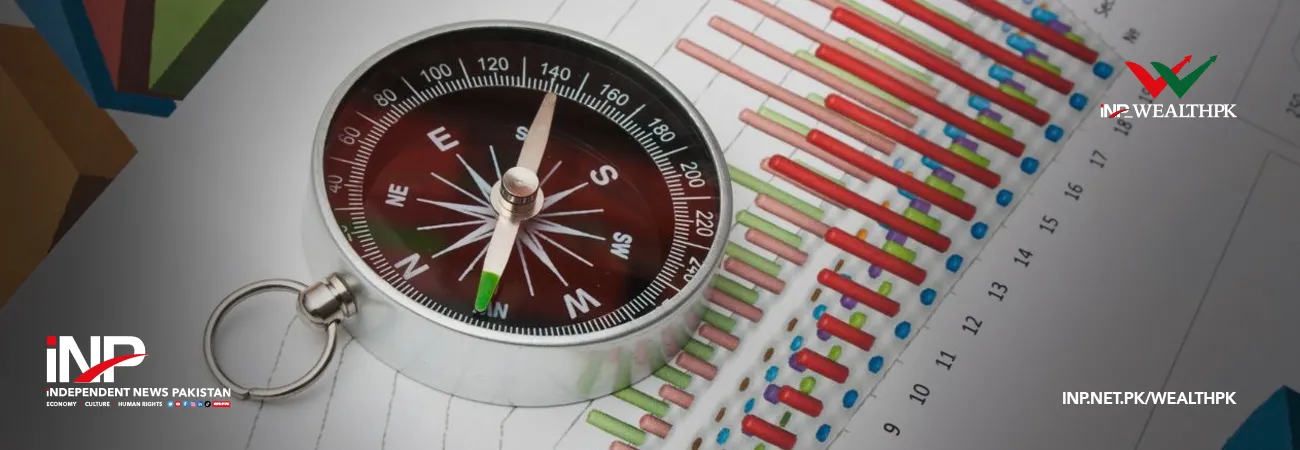INP-WealthPk
Amir Khan
The first half of Fiscal Year 2024 has brought a mix of economic signals that include both unfavourable aspects and positive indicators. Member Development Projects at the Planning Commission Rafiullah Kakar acknowledges the ongoing challenges of inflation and increasing pressures on the current expenditures, citing government policies and the State Bank of Pakistan’s decisions as the contributory factors. Talking to WealthPK, he said the enduring challenges posed by inflation were connected to disruptions in the supply chain and increased utility prices. Underlining a significant issue, he highlighted the rise in mark-up payments due to the high policy rate, leading to a substantial increase in the current expenditures. Additionally, he said it was anticipated that the expenditure will continue to face challenges and remain under pressure throughout the ongoing fiscal year. Despite facing challenges, Kakar conveyed a positive outlook regarding the reinforcement of economic activities in the second half of FY24. He expressed confidence in this prospect, contingent upon consistent implementation of sound and judicious economic policies. This optimism hinges on maintaining stability on both domestic and external fronts, with the ultimate goal of achieving the growth target set for the fiscal year.
Speaking to WealthPK, Dr Shahid, an economic researcher at the Ministry of Planning, Development, and Special Initiatives, identified the rising prices of perishables and vegetables, heightened utility expenses, and the spike in onion export orders post-Indian ban as factors contributing to the inflationary pressure. He underscored a slight moderation in the inflation outlook for January 2024. Regarding agriculture, the ministry reported an increase, particularly in wheat cultivation, but expressed concerns about unforeseen weather shocks impacting productivity. He highlighted that significant manufacturing was affected by the cyclical patterns in primary trading partners. On the external front, there were indications of stability, as the balance of payments data for December indicated a surplus of $397 million in the current account. Factors such as a restricted trade deficit, boosted exports and managed imports were identified as contributors to this stability. Dr. Shahid anticipated that the continuation of these trends and policies aimed at increasing exports and remittances will further translate into improved trade balance and current account during the second half of FY24. As the caretaker government steps aside, the onus is now on the incoming administration to navigate these economic challenges and steer the country toward sustained growth.
inpCredit: INP-WealthPk













